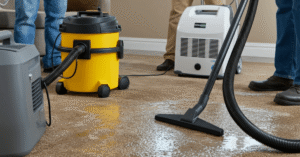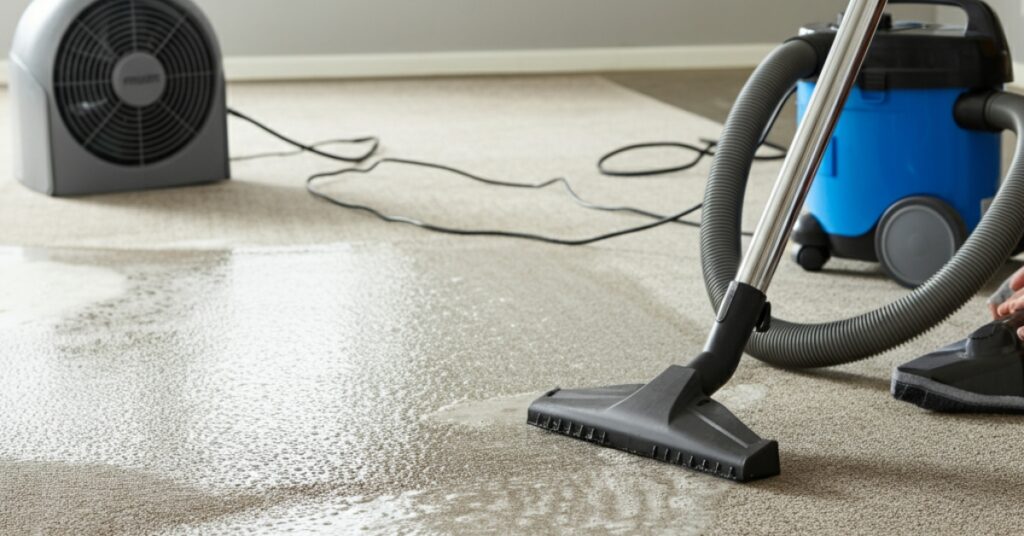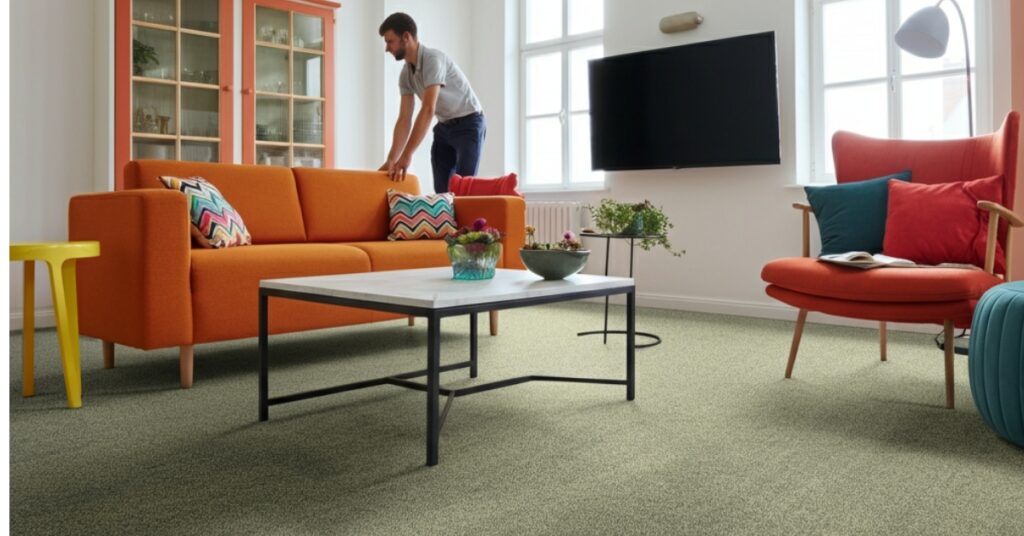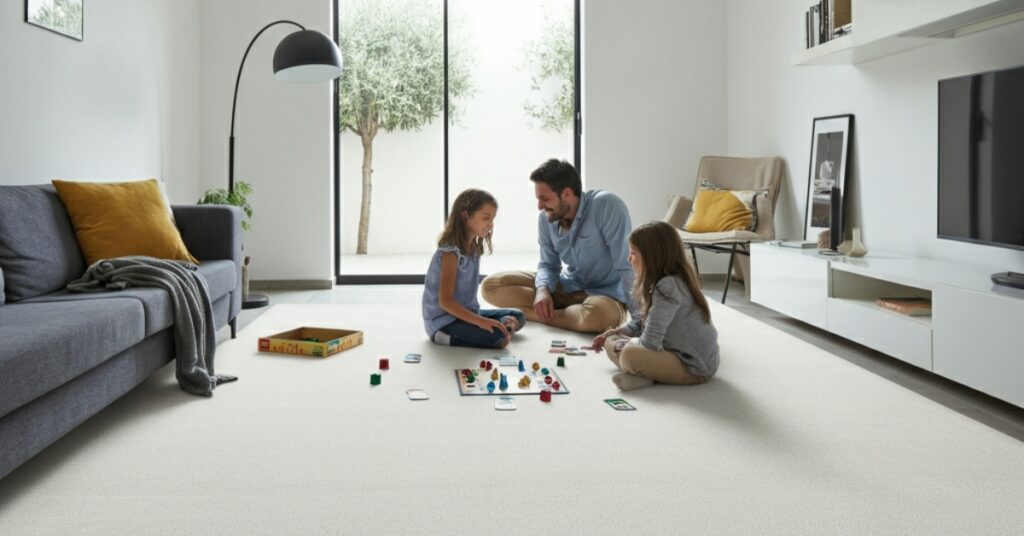As an Amazon Associate, I earn from qualifying purchases.
Is your once-plush carpet feeling flat and stiff? You’re not alone. High foot traffic and accumulated grime can make even the most luxurious carpets lose their softness. Learning how to make a carpet soft again is simpler than you might think and can completely transform the feel of your home. With the right techniques and a little effort, you can restore that wonderful, cushioned texture under your feet.
This guide provides practical and effective methods to bring back your carpet’s original softness. We will cover everything from simple daily habits to deep-cleaning solutions that tackle matted fibers and ground-in dirt. By following these tips, you can extend the life of your carpet and enjoy a more comfortable living space without needing a costly replacement.
Why Do Carpets Lose Their Softness?
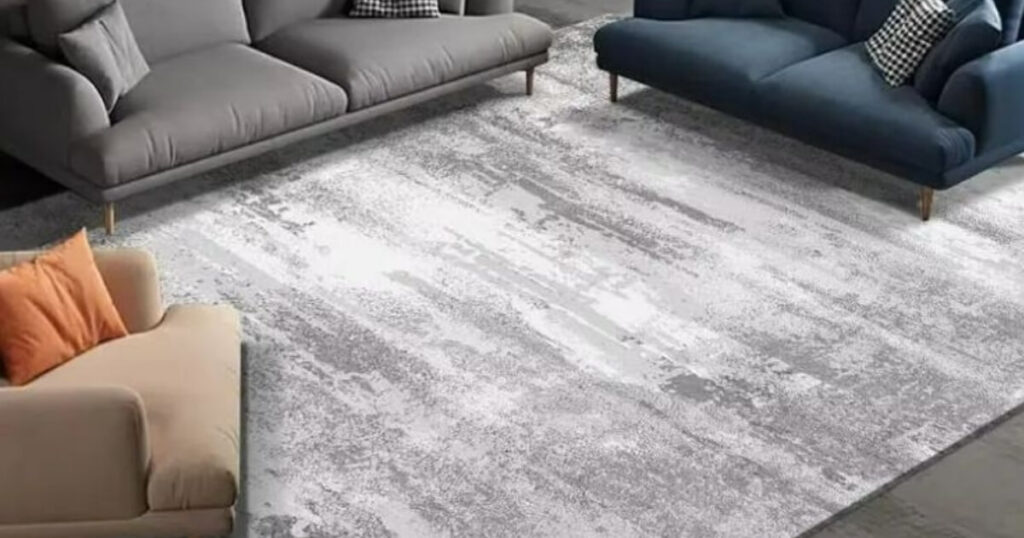
Understanding why your carpet has become hard is the first step toward reviving it. Several factors contribute to this common problem, and addressing them can help prevent future stiffness. Generally, the primary culprits are dirt, flattened fibers, and the residue left behind by cleaning products.
One of the biggest reasons for a stiff carpet is the gradual buildup of dirt and oils. Over time, dust, skin cells, and microscopic debris get trapped deep within the carpet fibers. This accumulation acts like sandpaper, grinding against the fibers and causing them to fray and mat together. Similarly, soap residue from improper cleaning can leave a sticky film that attracts more dirt, making the carpet feel crunchy and rough.
The Impact of Foot Traffic on Carpet Fibers
High foot traffic is another major contributor to a hard and matted carpet. Constant pressure from walking, running, and furniture placement crushes the individual fibers, causing them to lose their upright, fluffy structure. This process is especially noticeable in hallways, living rooms, and other frequently used areas of your home.
When carpet fibers are repeatedly compressed, they become flattened and tangled. This matting effect not only makes the carpet feel less soft but also makes it look old and worn. Furthermore, the tangled fibers trap dirt more easily, which accelerates the loss of softness. To counteract this, you need to regularly fluff up the fibers and relieve the compression caused by daily use.
How Dirt and Grime Stiffen Your Carpet
The accumulation of dirt and grime has a significant physical effect on carpet fibers. As particles work their way deep into the pile, they create friction and cause the strands to stick together. This process changes the texture of the carpet from soft and plush to hard and coarse.
Moreover, certain types of dirt, like sand and grit, have abrasive qualities that can permanently damage the fibers. This damage weakens the carpet’s structure, making it more susceptible to matting and further hardening. Therefore, consistent and thorough cleaning is essential not only for hygiene but also for maintaining the texture and longevity of your carpet.
Essential Tools for Restoring Carpet Softness
Before you begin the process of making your carpet soft again, it’s helpful to gather the right tools. Having these items on hand will make the job easier and more effective. You likely already own many of these, but a few specialized products can make a significant difference.
You will need a quality vacuum cleaner with good suction and a beater bar, a stiff-bristled carpet rake or brush, and a spray bottle. For cleaning solutions, you can use common household items like baking soda, vinegar, and dish soap. For a deeper clean, consider renting or buying a carpet cleaner or steam cleaner. These tools will help you lift dirt, fluff fibers, and restore your carpet’s texture.
Revitalize Your Carpet with Baking Soda
Baking soda is a fantastic, natural, and inexpensive option for anyone looking to make a carpet soft again. It works as a gentle abrasive to loosen dirt and as a natural deodorizer to freshen up your room. This simple household product can effectively lift matted fibers and restore a plusher feel to your carpet.
The process is incredibly straightforward. First, sprinkle a generous layer of baking soda evenly across the entire carpet surface. Don’t be shy with the application, especially in high-traffic areas where the carpet feels particularly hard. Let the baking soda sit for several hours, or even overnight if possible, to allow it to absorb odors and break down grime. Afterward, vacuum it up thoroughly to reveal a softer, cleaner carpet.
Using a Carpet Rake After Baking Soda
After letting the baking soda sit, using a carpet rake can significantly boost its effectiveness. A carpet rake, or carpet groomer, is a tool with stiff bristles designed to agitate and lift carpet fibers. Raking the carpet helps to work the baking soda deeper into the pile, ensuring it reaches the trapped dirt and oils.
Gently rake the carpet in different directions. This action helps to detangle matted fibers and restore their natural upright position. As you rake, you’ll notice the carpet pile becoming fluffier and more uniform. This step prepares the carpet for vacuuming, making it easier for your machine to suck up the loosened debris and all the baking soda, leaving you with a revitalized surface.
The Power of Vinegar for a Softer Carpet
Vinegar is another excellent household staple that can help you make a carpet soft again. Its acidic nature helps to break down the sticky residue left by shampoos and other cleaning products, which is often a primary cause of carpet stiffness. This method is both effective and eco-friendly.
To use this technique, mix equal parts white vinegar and water in a spray bottle. Lightly mist the solution over your carpet, being careful not to oversaturate it. The vinegar will work to dissolve the buildup that is causing the fibers to stick together. Let the solution sit for about 15 to 20 minutes before moving on to the next step, which typically involves rinsing or blotting the area.
Rinsing Your Carpet After a Vinegar Treatment
After applying the vinegar solution, it’s important to rinse the carpet to remove any remaining residue and the vinegar smell. One effective way to do this is with a steam cleaner filled with only hot water. The steam will help lift the dissolved grime and any lingering vinegar from the fibers.
If you don’t have a steam cleaner, you can use a clean cloth dampened with water. Gently blot the treated areas to absorb the vinegar solution. Avoid rubbing, as this can push the residue deeper into the carpet. Afterward, allow the carpet to dry completely. Using fans or opening windows can speed up the drying process. Once dry, your carpet should feel noticeably softer.
Deep Cleaning with a Carpet Cleaner
For carpets that are extremely matted and hard, a deep clean with a carpet cleaner or steam cleaner is often the most effective solution. These machines use hot water and powerful suction to flush out the deep-seated dirt, grime, and soap scum that regular vacuuming leaves behind. This is a crucial method to make a carpet soft again when other techniques fall short.
You can rent a carpet cleaner from most grocery or hardware stores, or you can purchase one for regular use. Be sure to follow the manufacturer’s instructions carefully. Using the correct amount of cleaning solution is vital; too much soap can leave behind a sticky residue, which will attract more dirt and defeat the purpose of the cleaning.
Finishing the Deep Clean
After using the carpet cleaner, a final rinse pass with only hot water is a highly recommended step. This helps to remove any remaining detergent from the fibers, preventing that stiff, crunchy feeling once the carpet dries. Go over the entire carpet with the machine filled only with clean, hot water.
Proper drying is just as important as the cleaning itself. Ensure the room is well-ventilated by opening windows and using fans to circulate the air. A damp carpet can develop mold and mildew, so allow it to dry completely before walking on it or replacing furniture. Once fully dry, run a vacuum over the surface to help fluff the fibers back up.
Final Steps to Maintain Softness
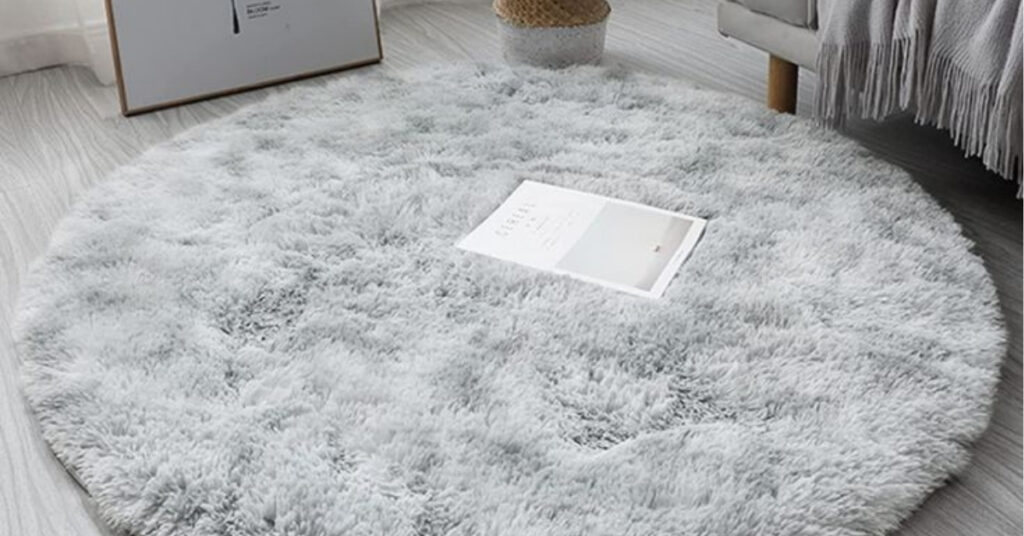
Once you have successfully restored your carpet’s softness, the key is to maintain it. Regular care will prevent the fibers from becoming matted and hard again. Consistent vacuuming, at least two to three times a week, is the most important habit to adopt. Use a vacuum with a beater bar to agitate the fibers and lift dirt.
Additionally, consider using a carpet rake weekly to keep the fibers from becoming compressed, especially in high-traffic zones. Addressing spills and stains immediately will also prevent them from setting and contributing to stiffness. With these simple maintenance routines, you can keep your carpet feeling soft and looking great for years to come.
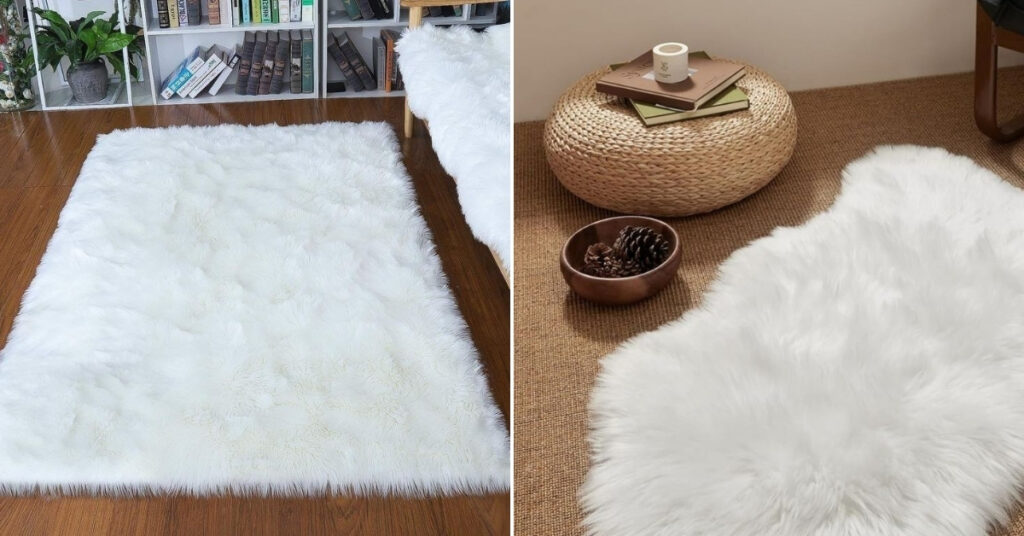
Frequently Asked Questions
1. Can fabric softener make my carpet soft?
Yes, you can use fabric softener, but it must be done carefully. Mix a small amount of fabric softener with water in a spray bottle and lightly mist the carpet. Do not oversaturate it. Let it dry completely, and then vacuum. This can leave a pleasant scent and a softer feel, but using too much can create a residue that attracts dirt.
2. How often should I deep clean my carpet to keep it soft?
For most households, deep cleaning your carpet once or twice a year is sufficient to maintain its softness and cleanliness. However, if you have pets, children, or very high foot traffic, you may need to deep clean every six months to prevent significant buildup of dirt and grime.
3. Will a new vacuum cleaner help make my carpet soft again?
Yes, a new or high-quality vacuum cleaner can make a noticeable difference. Vacuums with strong suction and an effective beater bar (brush roll) are better at agitating the carpet fibers and removing the embedded dirt that causes stiffness. Regular and thorough vacuuming with a good machine is a key part of carpet maintenance.
4. Is it possible to over-shampoo a carpet?
Yes, it is very possible to over-shampoo a carpet. Using too much cleaning solution or not rinsing it out properly will leave a sticky soap residue. This residue attracts dirt like a magnet, causing the carpet to become stiff and get dirty again quickly. Always follow the dilution instructions and perform a final rinse with plain water.
5. Why does my carpet feel crunchy after cleaning?
A crunchy feeling after cleaning is almost always caused by leftover soap residue. When the detergent isn’t fully rinsed out, it dries on the carpet fibers, leaving them stiff and brittle. To fix this, you can go over the carpet again with a steam cleaner using only hot water or use the vinegar and water spray method to break down the residue.
Enjoy Your Soft Carpet
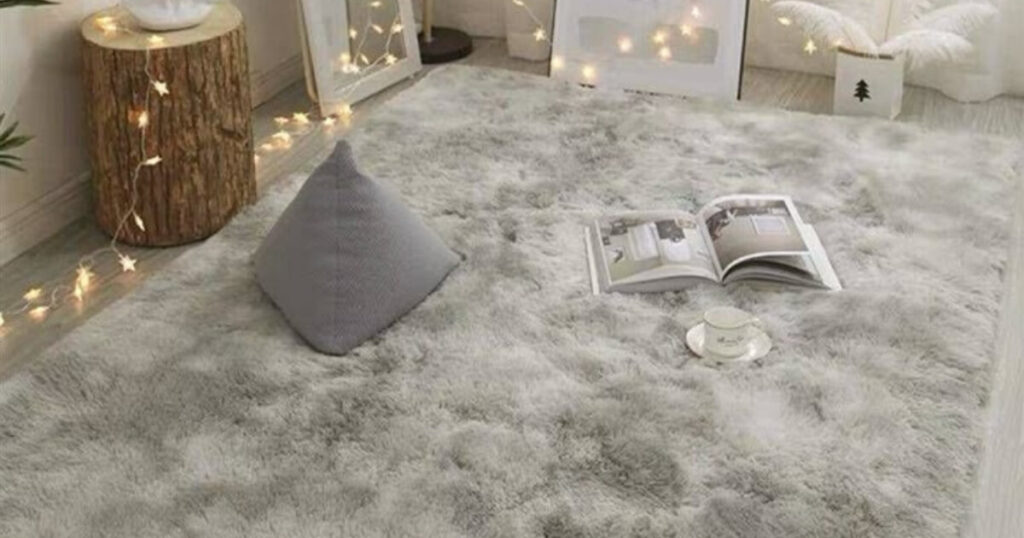
Learning how to make a carpet soft again allows you to restore comfort and beauty to your living space. By incorporating simple practices like regular vacuuming, using baking soda, and performing occasional deep cleans, you can combat the effects of foot traffic and dirt buildup. These methods are not only effective but also budget-friendly.
Now that you have the knowledge to revive your matted carpet, you can enjoy the plush, cozy feeling of a soft floor under your feet. Consistent care is the secret to long-lasting softness, so make these techniques a part of your regular home maintenance routine. Your efforts will be rewarded with a cleaner, more comfortable, and more inviting home.
As an Amazon Associate, I earn from qualifying purchases.

